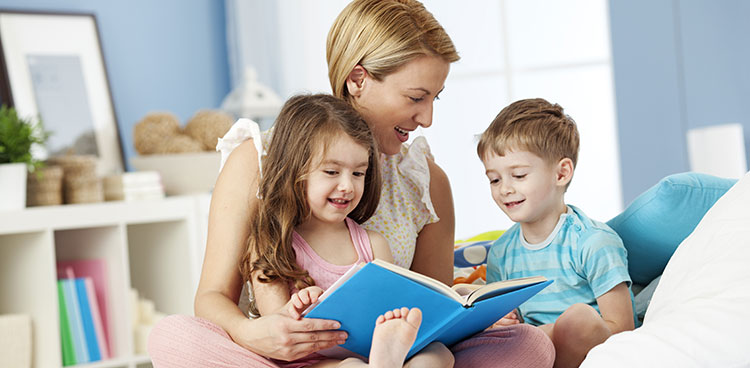A7: Add the Sound Effects
1. Overview
As you read a storybook, your child will add “sound effects” where appropriate, further developing the skill of paying attention to what she hears and making mental connections between sounds and their sources. Young children often have favorite books that they want read to them over and over. This game takes advantage of that desire for repetition and adds another listening dimension.
A7: Add the Sound Effects
2. Materials
For this activity you will need a children’s storybook with opportunities for adding sound effects, such as animal characters. Here are a few books that work well for this activity:- Brown Bear, Brown Bear by Eric Carle
- Farmyard Beat by Lindsay Craig
- My Very First Book of Animal Sounds by Eric Carle
- Mr. Brown Can Moo, Can You? by Dr. Seuss
3. Activity
Video: How to play Add the Sound Effects
Simply read the storybook, and have your child add sound effects wherever appropriate. For example, if there is a cat in the book, she can say “Meow” whenever the cat is mentioned.
Adult: “‘I know some good games we could play,’ said the cat.” What sound does a cat make? Child: Meow! Adult: That’s right. Make that sound whenever I say cat. “‘I know some new tricks,’ said the Cat in the Hat.” Child: Meow!You don’t have to limit yourself to animal sounds. For example, if there is a knock at the door, have the child make a knocking sound, and so on. Start simple, with just one sound effect, then add another each time you read the book. The adult can reverse this activity by making the animal sound when mentioned in the story and have the child identify the animal. This can be fun if the adult varies the animal sound by volume, tone, and vocal variety (fast, slow, soft, loud, high, and low). Preschool-aged children often have favorite books that they want read to them over and over. This activity takes advantage of that desire for repetition and adds another listening dimension. ↑ Top
4. Extension
Once the child is used to making these sound effects, mix things up occasionally by changing the words of the story a little. Where a character knocks on the door, change it to ringing a doorbell. This will challenge your child to listen to the words you actually say, instead of just acting on what she expects to hear. ↑ Top5. Variation
To add some variety, sometimes you can make the sound effects and have the child name the source.Adult: “I will eat them in the rain. And in the dark. And on a [choo-choo].” What makes a [choo-choo] sound? Child: Train!This can be especially fun if the adult varies the sound by volume, tone, and speed (fast, slow, soft, loud, high, and low). Kids love it when grown-ups do silly sounds or voices. ↑ Top
6. Small Groups (2-5 children)
Lesson Objective: Children will be able to listen to the story and add appropriate sound responses. GELDS (Georgia Early Learning & Development Standards): CLL1.3a Adaptation: Read the main activity, watch the video, and follow the instructions above, with the following changes: Read a book with multiple opportunities for sound effects. The children can respond as a group, or you can assign a different sound effect to each child. For example, one child is responsible for cat noises, another child is responsible for sheep noises, etc. Reinforcement: Reread the story in different voices: whispering, shouting, laughing, crying, etc. The children should respond with the animal sound that they have been told matches each voice. For example, if you cry, they should respond with a pig’s oink; if you whisper, they should respond with a horse’s neigh. Use this Reinforcement at Home form to tell parents and guardians how they can reinforce lessons outside the classroom. ↑ TopLeave a Reply
